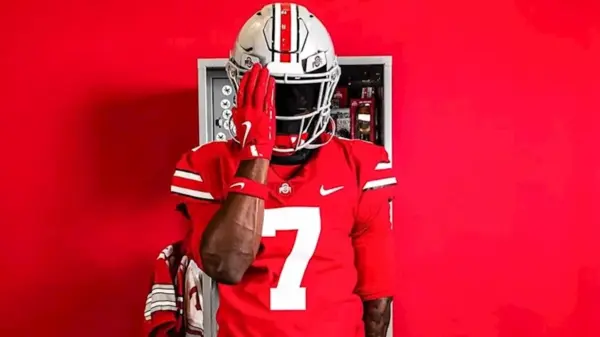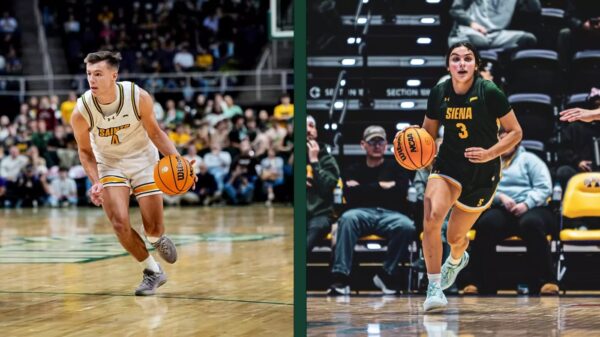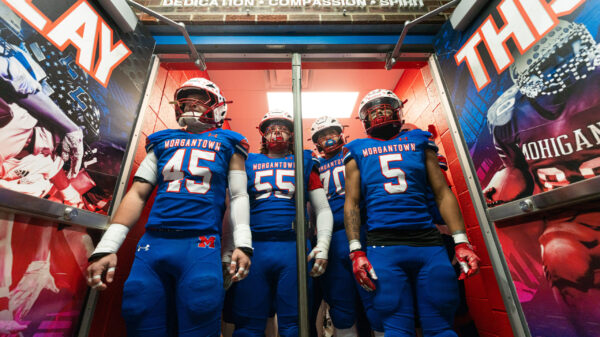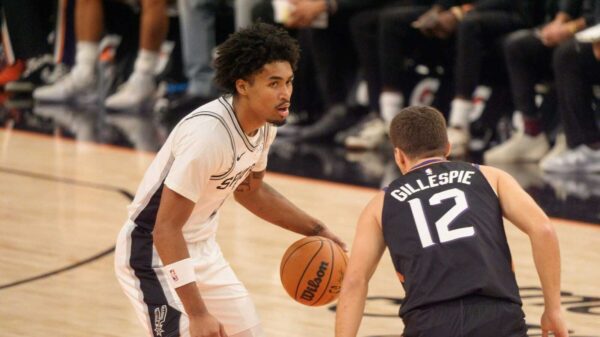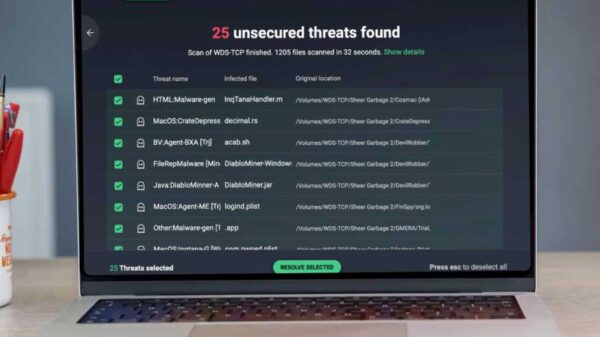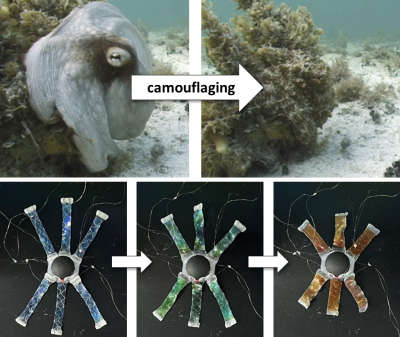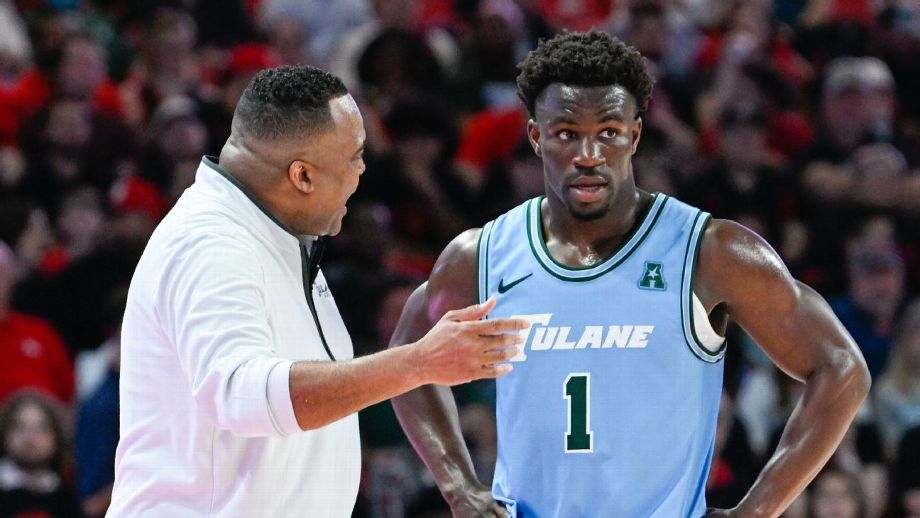URGENT UPDATE: A seismic shift is occurring in college basketball as mid-major coaches adapt to the realities of the transfer portal. At the Peach Jam basketball camp in North Augusta, South Carolina, Tulane coach Ron Hunter faced an unexpected compliment from an SEC rival, highlighting the growing trend of mid-major programs acting as launchpads for elite talent.
Hunter’s conversation with the SEC coach revealed the tension mid-major programs face. “You’re doing a hell of a job … getting kids ready for our level,” the coach said, prompting Hunter to reflect on whether to feel flattered or frustrated. This exchange underscores a critical turning point for mid-major coaches who must navigate their evolving roles in college basketball.
Across the country, mid-major programs are grappling with a new reality: elite players increasingly transfer to high-major schools after starting their careers at smaller institutions. Last season, three AP All-Americans—Mark Sears (Alabama), Johni Broome (Auburn), and Walter Clayton Jr. (Florida)—began their journeys at mid-major programs, illustrating a significant trend.
In a striking example, Andy Kennedy of UAB witnessed an exodus of 15 players after a successful season. Instead of resisting this trend, Kennedy embraced it, using a PowerPoint presentation to show recruits the financial benefits of transferring to high-major schools. “Spend some time in Birmingham, get rich a year or two later,” he explained, highlighting the lucrative opportunities available at Power 5 programs.
Coaches like Sundance Wicks of Wyoming recognize the necessity of adaptation. “You can’t be the last person selling CDs out of your trunk,” he said, emphasizing the urgent need for mid-majors to align with the current landscape. As players chase NIL deals—averaging $2.9 million for top guards at high-major programs—the competition for talent intensifies.
The introduction of NIL in 2021 has further complicated the landscape, enabling players to monetize their skills in ways previously unavailable at non-Power 5 schools. Data shows that less than 10% of athletes earning over $100,000 at the Division I level last season came from mid-major backgrounds, underscoring the financial disparities.
Despite these challenges, innovative coaches are exploring collaborative relationships among programs. Wicks proposed a farm system akin to Major League Baseball, where mid-major players could develop before moving to high-major teams. This idea, once considered far-fetched, is gaining traction as coaches respond to the chaos of the transfer portal.
Amidst this upheaval, Drew Valentine of Loyola Chicago shared his frustrations regarding high-major coaches courting his players mid-season, revealing the cutthroat nature of recruitment. “I had guys showing me vanish mode DMs from coaches,” he said, showcasing the pressure mid-major programs face as they try to retain talent.
As these dynamics unfold, former Duke star Nolan Smith, now at Tennessee State, acknowledges the allure of power-conference programs but emphasizes the importance of building a strong culture. “I’m going to help them if that time comes,” he said, highlighting the dual nature of mentorship and ambition in college athletics.
Coaches are increasingly aware that they must balance the lure of high-major opportunities with the unique advantages their programs offer. Brian Wardle of Bradley emphasizes the importance of leadership roles and personal development at mid-major schools, hoping to attract top talent by showcasing the responsibilities players can hold.
The landscape of college basketball is rapidly evolving as mid-major coaches adapt to the realities of the transfer portal and NIL era. While challenges remain, the willingness to embrace innovation and collaboration may ultimately determine the success of these programs in attracting and retaining talent.
As the season approaches, all eyes are on how mid-major coaches will navigate this new terrain, with the potential for significant shifts in player recruitment dynamics. The urgency to adapt is palpable, and the outcomes could redefine the future of college basketball.
Stay tuned for the latest developments in this ongoing story as programs strive to balance ambition with opportunity in a rapidly changing landscape.











